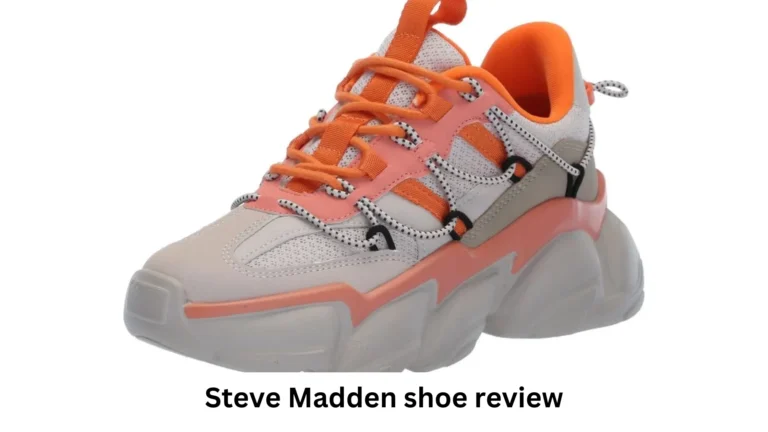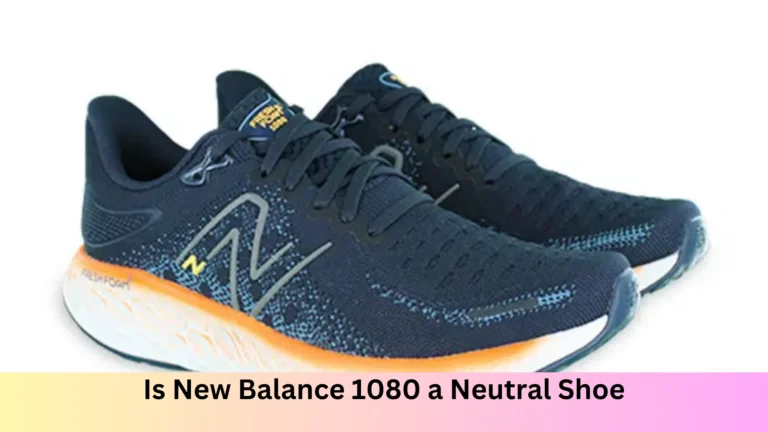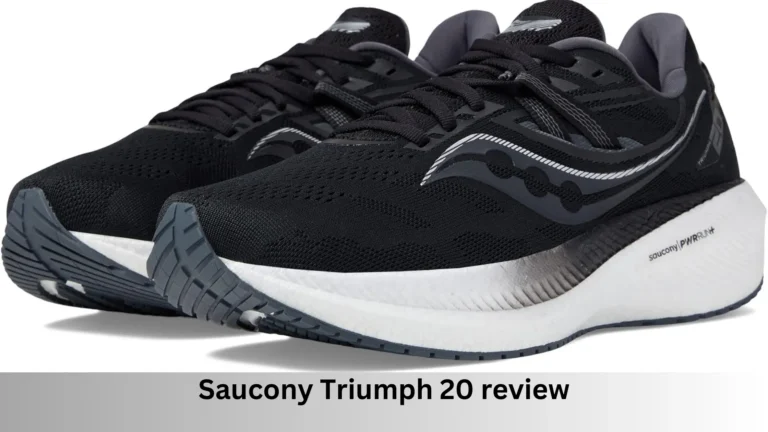
Choosing the right running shoes can be a challenging task, especially with the vast number of options available on the market today. Whether you’re a beginner or an experienced runner, the importance of finding the right pair of running shoes cannot be overstated. The right shoes not only enhance your running experience but also protect you from injuries and discomfort. In this comprehensive guide, we’ll explore everything you need to know to ensure that your running shoes are the right fit for you.
Why the Right Running Shoes Matter
Choosing the right running shoes is about more than just comfort—it’s about performance and injury prevention. Your running shoes play a crucial role in how you run and can either support or hinder your experience. Some reasons why wearing the correct shoes is important include:
- Injury Prevention: Proper running shoes can prevent common injuries such as shin splints, blisters, and runner’s knee.
- Improved Performance: Wearing shoes that suit your running style helps you run more efficiently.
- Long-Term Health: Poorly fitting shoes can lead to long-term issues like chronic pain or tendon injuries.
- Enhanced Comfort: Running is more enjoyable when your shoes fit well and support your body’s unique mechanics.

How to Choose the Right Running Shoes
Understanding Your Foot Type
Knowing your foot type is one of the first steps in finding the right running shoes. There are three main types of feet, and each requires different support:
- Flat Feet (Low Arches):
- Flat feet need extra stability and motion control to prevent overpronation (excessive inward rolling of the foot). Stability shoes with firm midsoles are ideal for runners with low arches.
- Neutral (Normal Arches):
- Neutral runners need shoes with moderate stability and cushioning. This foot type typically has a balanced gait, and neutral shoes are designed to support this.
- High Arches:
- Runners with high arches require cushioned shoes with good flexibility. High arches are associated with underpronation (outward rolling of the foot), so cushioning helps absorb impact.
Determining Your Gait and Pronation
Gait refers to how your feet move when you run. Pronation is the degree to which your foot rolls inward. Understanding your pronation pattern is essential in choosing the right shoes. There are three types of pronation:
- Neutral Pronation:
- If you have neutral pronation, your foot lands on the outside of the heel and rolls inward slightly to absorb the impact. Most neutral runners benefit from shoes that offer a balance of cushioning and support.
- Overpronation:
- Overpronators experience an exaggerated inward roll of the foot after landing. This can lead to injuries over time, and shoes with more stability and support help to correct this.
- Underpronation (Supination):
- Underpronators, or supinators, experience very little inward roll after landing, which can lead to stress on the outer edge of the foot. Cushioned shoes that promote flexibility are recommended for this gait.
To determine your gait and pronation, you can visit a specialty running store for a gait analysis or do a self-assessment by checking the wear pattern on your old shoes.
Understanding Shoe Types and Cushioning
Running shoes fall into several categories based on support and cushioning:
- Neutral Shoes:
- Ideal for neutral pronators or underpronators, these shoes offer moderate cushioning and support for runners who don’t need extra stability.
- Stability Shoes:
- Designed for overpronators, stability shoes offer extra support and firmer midsoles to prevent the foot from rolling inward excessively.
- Motion Control Shoes:
- These shoes are for severe overpronators and provide maximum support and structure to control foot movement.
- Minimalist Shoes:
- Minimalist shoes have little cushioning and encourage a natural foot strike. These are for advanced runners who prefer a more barefoot-like feel.
Signs That Your Running Shoes Are Right for You
When you’ve found the right running shoes, you’ll notice a number of key indicators. Here are the signs to look for:
Proper Fit
- Room for Toes: There should be about a thumb’s width between your longest toe and the end of the shoe. This prevents discomfort and blisters during longer runs.
- Snug Heel: The heel should fit snugly, without slipping out of the shoe when you walk or run.
- Adequate Width: Your foot should feel secure in the shoe without feeling squeezed or pinched. A proper width allows your toes to spread naturally.
Comfortable Cushioning
- The shoe should provide enough cushioning to absorb impact without feeling too soft or mushy. Cushioning levels vary between runners based on foot type, terrain, and preference.
Proper Support for Your Foot Type
- Whether you have flat feet, high arches, or neutral feet, the shoe should provide the right amount of arch support to keep your foot stable while running.
No Pain or Discomfort
- If you feel discomfort, pinching, or pain while running in your shoes, it’s a sign they may not be the right fit. A proper running shoe should enhance your running experience, not hinder it.
Common Mistakes When Choosing Running Shoes
Buying Based on Style
- While it’s tempting to pick shoes that look good, functionality is much more important than aesthetics. Always prioritize comfort, support, and performance over appearance.
Ignoring Your Foot Type
- Choosing shoes that don’t match your foot type can lead to discomfort and injuries. Always know your foot type and choose shoes accordingly.
Buying Shoes That Are Too Small or Too Big
- Ill-fitting shoes are one of the main causes of blisters and foot pain. Make sure to try on running shoes later in the day when your feet have swollen slightly to get the most accurate fit.
Not Replacing Worn-Out Shoes
- Running shoes have a limited lifespan, and worn-out shoes can lead to injuries. Keep track of your mileage and replace your shoes regularly.
How Often Should You Replace Running Shoes?
Running shoes generally last between 300 to 500 miles, depending on the shoe type, running surface, and your weight. Here are some signs that it’s time to replace your running shoes:
- Worn-Out Soles:
- If the tread on the soles is significantly worn, it’s time for new shoes. Worn-out soles reduce grip and support.
- Loss of Cushioning:
- If you notice that your shoes no longer provide the same level of comfort and impact absorption, the cushioning has likely worn out.
- Uneven Wear:
- If one side of your shoe wears out more quickly than the other, it’s a sign that the shoe is no longer providing balanced support.
- Increased Discomfort:
- If you start experiencing more aches, pains, or blisters during your runs, it could be time for a new pair of shoes.
How to Properly Break in New Running Shoes
Breaking in your running shoes is important to avoid discomfort and blisters. Here’s how to do it correctly:
- Start Slowly:
- Wear your new shoes for short walks or runs before using them for longer distances. This allows the shoes to mold to your feet.
- Wear for Shorter Runs:
- Use your new shoes for short runs (3-5 miles) during the first couple of weeks before gradually increasing mileage.
- Alternate Between Old and New Shoes:
- Alternate between your old and new shoes during the break-in period. This helps your feet adjust to the new shoes while reducing the risk of discomfort.
Also Read: Is It OK to Have Only 2 Pairs of Shoes?
FAQs About Running Shoes
1. How do I know if my running shoes are too small?
If your toes feel cramped or you experience discomfort in the front of your foot, your shoes may be too small. Ideally, there should be a thumb’s width of space between your longest toe and the end of the shoe.
2. Is it okay to run in minimalist shoes?
Minimalist shoes are suitable for experienced runners who prefer a natural running style. However, they require time to adjust, and runners should gradually transition to avoid injury.
3. How can I make my running shoes last longer?
Rotate between two pairs of running shoes to extend their lifespan, avoid running in wet conditions when possible, and store your shoes in a cool, dry place.
4. Should I wear different shoes for trail running?
Yes, trail running shoes are designed for off-road surfaces and have better grip, durability, and protection compared to regular road-running shoes.
5. Can I wear running shoes for other activities?
Running shoes are specifically designed for running, but they can also be used for walking, gym workouts, and casual wear. However, they may not provide the necessary support for activities like weightlifting or tennis.
Conclusion
Finding the right running shoes is an essential step to becoming a better runner and protecting your body from injury. By understanding your foot type, gait, and running style, and by avoiding common mistakes, you can choose shoes that will enhance your running experience. Always remember that the right shoes should feel comfortable and supportive while improving your overall performance. Keep an eye on wear and tear, and replace your shoes as needed to keep your runs safe and enjoyable.

Hello, I am Natasha Rose. I am the founder of the website Best Running Shoes. I am from California, USA. I am a professional shoe analyzer and an employee in a shoe showroom. I like to provide information about all types of shoes.





